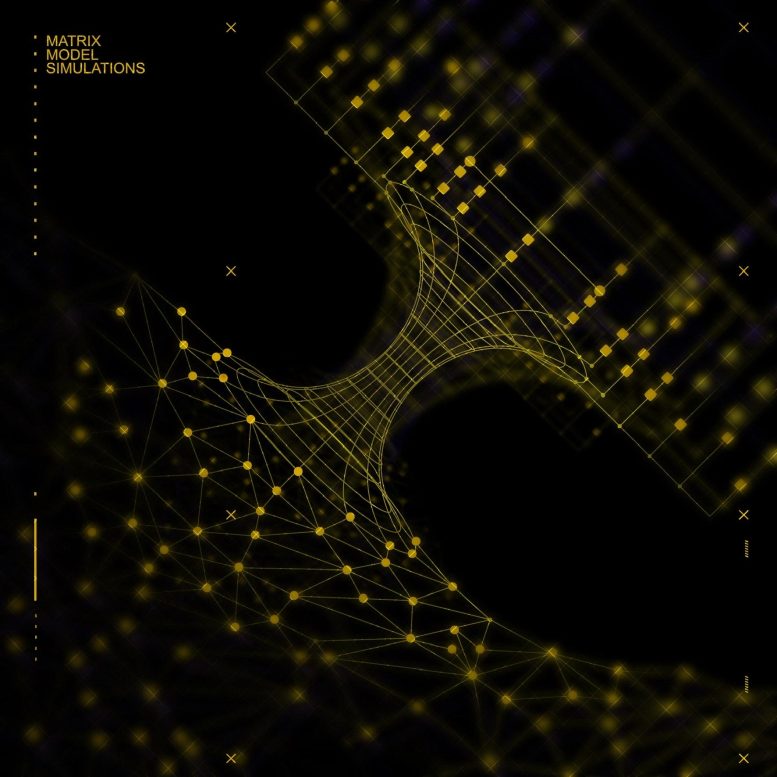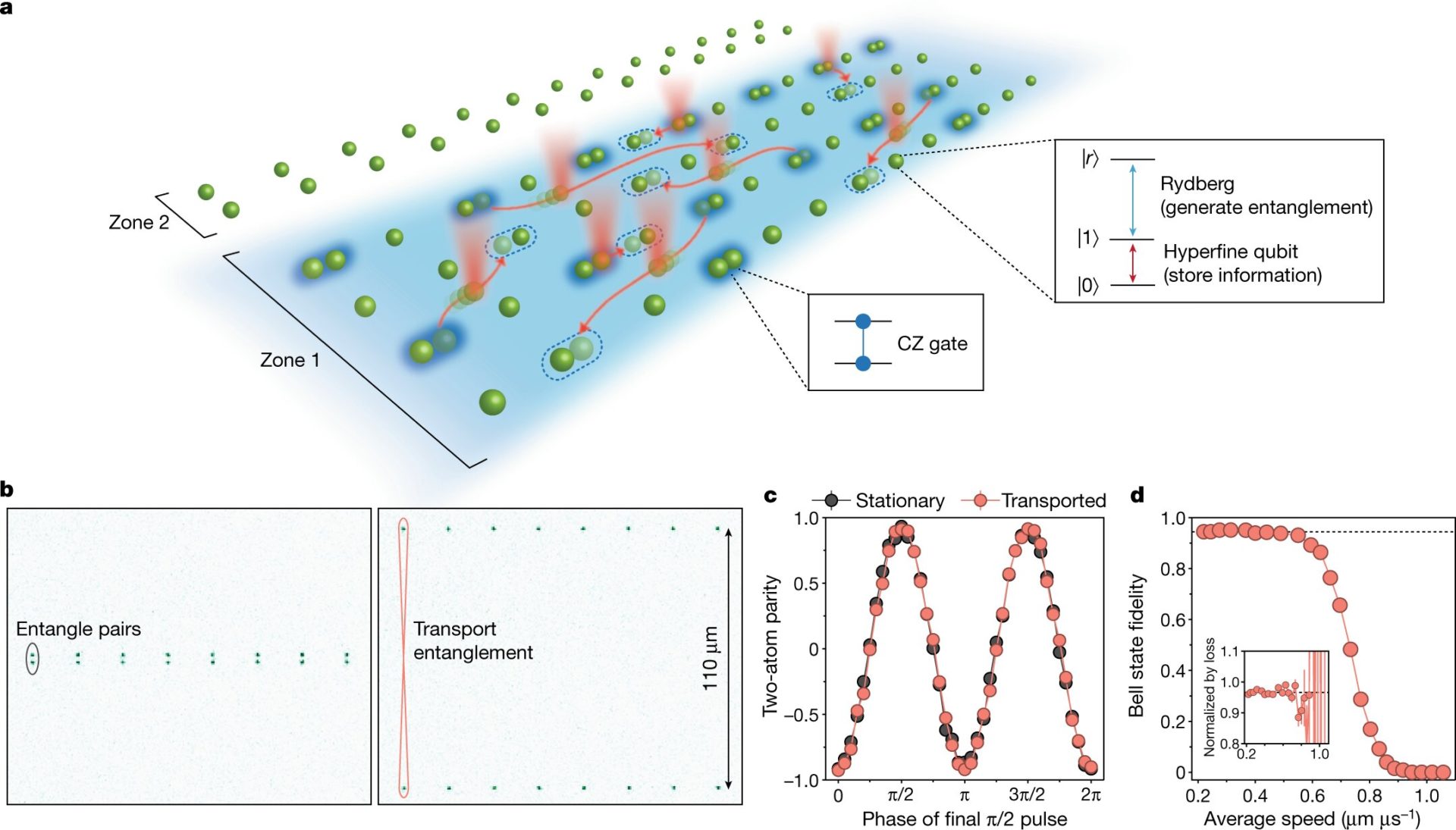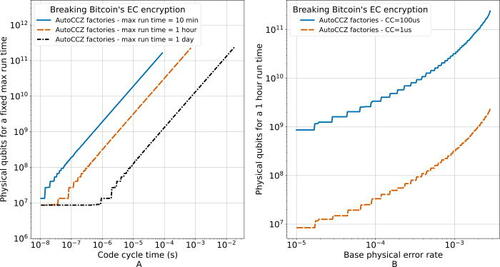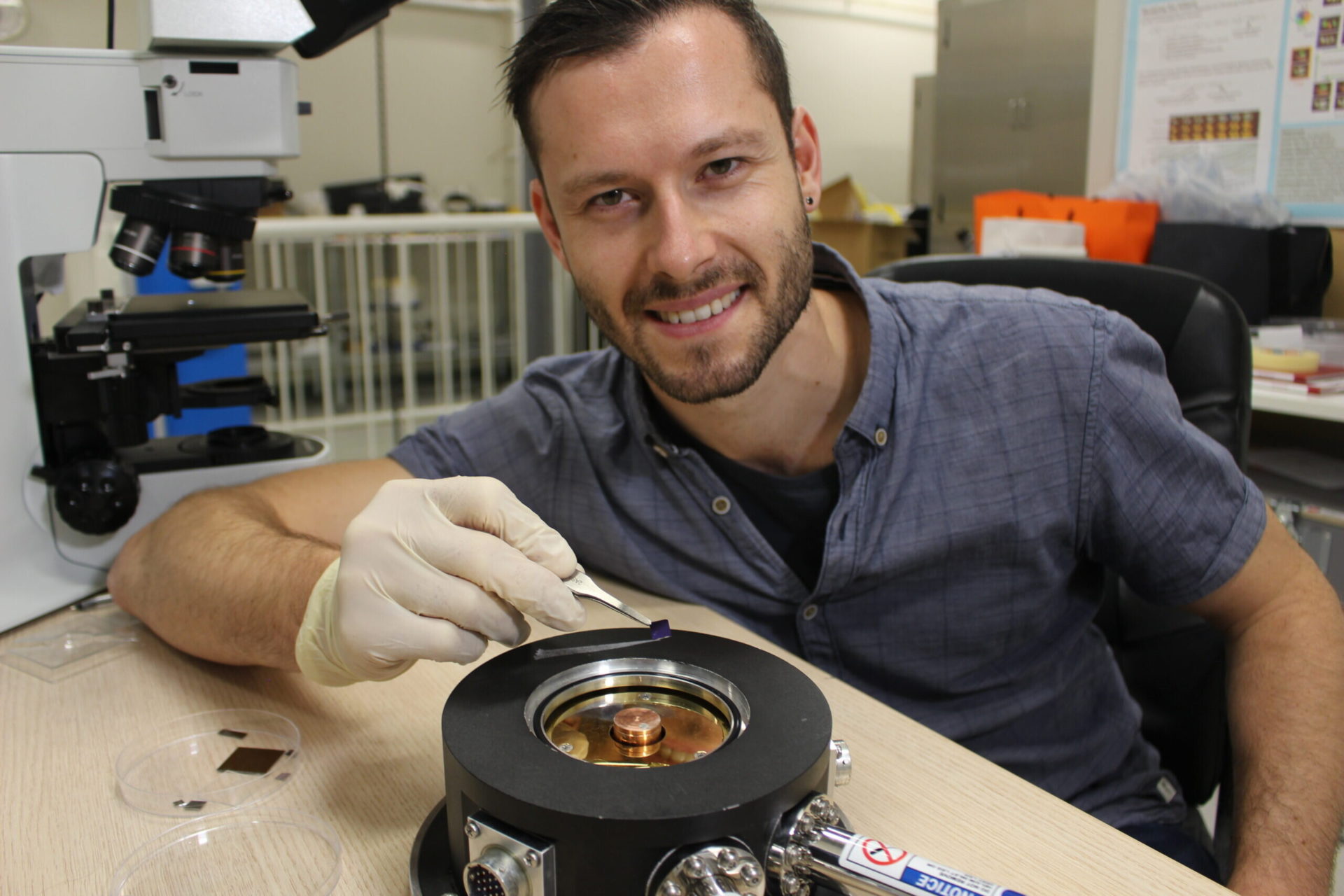Scientists have made a groundbreaking discovery of semi-Dirac fermions, unique quasiparticles that exhibit both massless and massive behavior depending on their direction of movement. This discovery was made in crystals of the semi-metal ZrSiS by researchers from Penn State and Columbia University, led by Yinming Shao.
The discovery came unexpectedly during routine experiments with ZrSiS crystals. Using magneto-optical spectroscopy at the National High Magnetic Field Laboratory in Florida, the team observed unusual quantum behaviors when the material was exposed to extremely powerful magnetic fields (900,000 times stronger than Earth’s) and cooled to near absolute zero temperatures.
Semi-Dirac fermions were first theorized in 2008-2009 by researchers from Université Paris Sud and UC Davis. These quasiparticles challenge our understanding of particle behavior, as they can switch between being massless (moving at light speed) and having mass depending on their direction of movement within the material’s structure. This dual nature was confirmed through the observation of a specific pattern called the “B^(2/3) power law” in the material’s Landau level transitions.
The behavior can be visualized as a train moving along tracks, where straight paths allow for massless, light-speed movement, while intersections force the particle to acquire mass and experience resistance. This phenomenon occurs due to the collective behavior of particles within the solid material, creating quasiparticles with properties different from individual particles.
ZrSiS is particularly promising because it’s a layered material similar to graphite, suggesting potential applications in various technologies. Like graphene (exfoliated graphite), ZrSiS could potentially be reduced to single-atom-thick layers, opening possibilities for precise control of semi-Dirac fermion properties. This characteristic makes it particularly interesting for applications in batteries, supercapacitors, solar cells, sensors, and biomedical devices.
The research team, which published their findings in Physical Review X, notes that there are still many unexplained aspects of their observations. These mysteries present exciting opportunities for further research and potential technological breakthroughs. The accidental nature of this discovery highlights how unexpected findings in fundamental physics research can lead to significant advances in our understanding of quantum phenomena and their practical applications.
Reference: “Semi-Dirac Fermions in a Topological Metal” by Yinming Shao, Seongphill Moon, A. N. Rudenko, Jie Wang, Jonah Herzog-Arbeitman, Mykhaylo Ozerov, David Graf, Zhiyuan Sun, Raquel Queiroz, Seng Huat Lee, Yanglin Zhu, Zhiqiang Mao, M. I. Katsnelson, B. Andrei Bernevig, Dmitry Smirnov, Andrew J. Millis and D. N. Basov, 5 December 2024, Physical Review X. DOI: 10.1103/PhysRevX.14.041057





